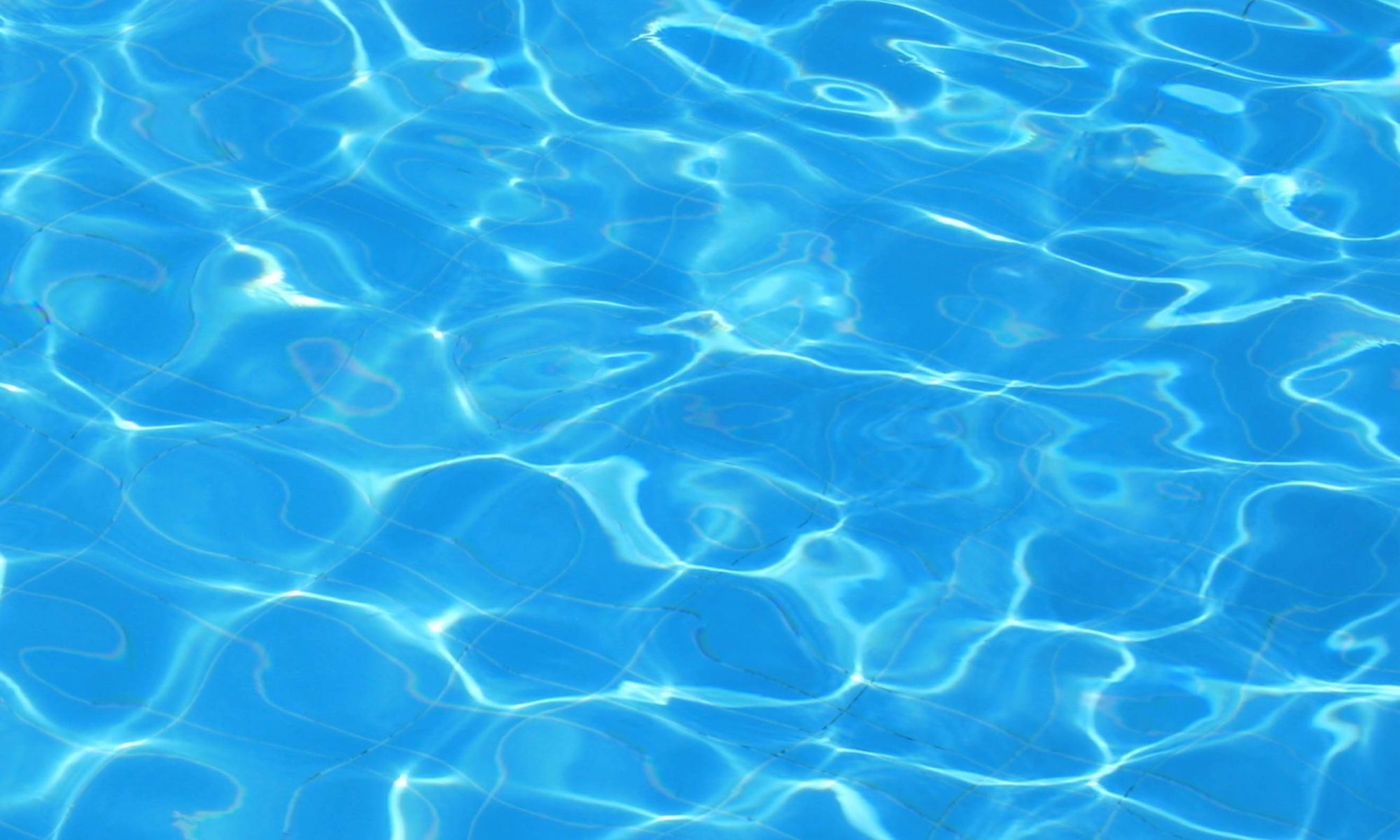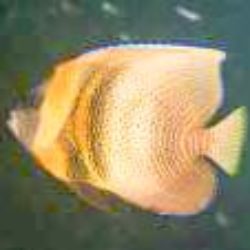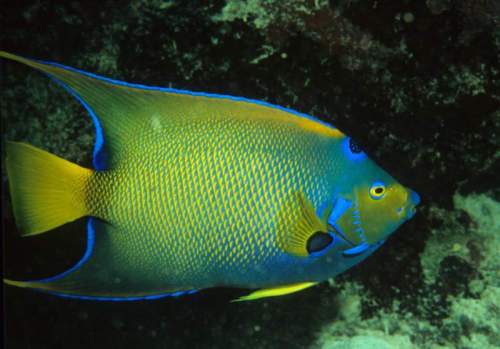Marine aquarium fish › Queen angelfish – Holacanthus ciliaris › Queen angelfish aquarium care
Aquarium fact sheet
- Origin: Queen angelfish is native to western Atlantic Ocean
- Lifespan: may live up to 15 years in wild
- Adult size: maximum 45 cm (17 inches) recorded; 30 cm size is common
- Native climatic conditions: tropical and subtropical
- Care level: moderately difficult to care for
- Aquarium hardiness: very hardy
- Availability: preferable to buy juvenile and condition it to the aquarium environment; Adult and juvenile specimen are available in aquarium trade; it is difficult to differentiate from Bermuda blue angelfish ( Holacanthus bermudensis) in juvenile stage; price tag depends upon size
- Identification: look for the dark spot surrounded by bright blue ring on the head; the edge of the dorsal fin has bright blue margin; the juvenile of the queen angelfish has a curved mid body-bar whereas the Holacanthus bermudensis juvenile has a straight mid-body bar
- Aquarist experience level: intermediate level
Queen angelfish aquarium management
- Minimum aquarium size: 200 gallons and above
- Type of water: saltwater of sea salinity (34ppt to 36ppt)
- Specific gravity: near seawater conditions; 1.023-1.025 SG
- Tank level: mid-level dweller; provide sufficient space for movement
- Water flow: maintain moderate water flow
- Filtration: required for removing feed and organic waste
- Water exchange: frequent water exchange is required; 10 to 20% exchange every 15 days; the feed debris must be siphoned off to reduce pollution
- Lighting: normal lighting
- Water temperature: 73-85° F
- Water pH: around 8.0 to 8.4
- Substrate type: gravel
- Live rocks: required for nibbling and for creating hiding places in the aquarium
- Live plants: may uproot the plants
- Decorations: big size decorations with smooth surfaces
Biology and behavior in aquarium
- Temperament: aggressive, energetic and swift moving
- Tank mates: better to keep alone; may attacks tank mates; it may nips at passive, slow and more sedentary species and injure them; in a community aquarium, queen angelfish must be the last specimen to be added to; squirrelfish, groupers, snappers, surgeonfish, triggerfish can be aquarium mates
- Diet type: omnivorous; in nature, sponges are its main diet;
- Feeding: accepts finely chopped fish meat, live food (Mysis shrimp, brine shrimps, worms), spirulina algae and pelleted or formulated feed; feeding sponges now and then will keep them healthy;
- Feeding frequency: more than thrice a day;
- Breeding: in nature these queen angelfish species breeds in winter; have not been bred in captivity; hatchlings are pelagic and have yolk-sac
- Diseases: gets affected by white spot disease (marine Ich), velvet disease (skin flagellate), viral infection (Lymphocystis), monogenetic fluke infections; appropriate early treatment must be given; a healthy, unstressed fish rarely gets disease
The Queen angelfish is moderately difficult to keep in an aquarium. The fish live long and grow big and the hobbyist must be ready for shifting to bigger aquarium. As these fish are exotic and are brought from wild, they must be quarantined and treated for at least ten days so as not pass on any infection to the tank mates.
Reference: http://www.fishbase.org/summary/3609
Image source: https://www.flickr.com/photos/noaaphotolib/9730767375/
Image author: NOAA Photo Library | License: CC BY 2.0 (as on 2016-10-22)
Current topic in Aquarium fish pictures: Queen angelfish (Holacanthus ciliaris) aquarium care.


